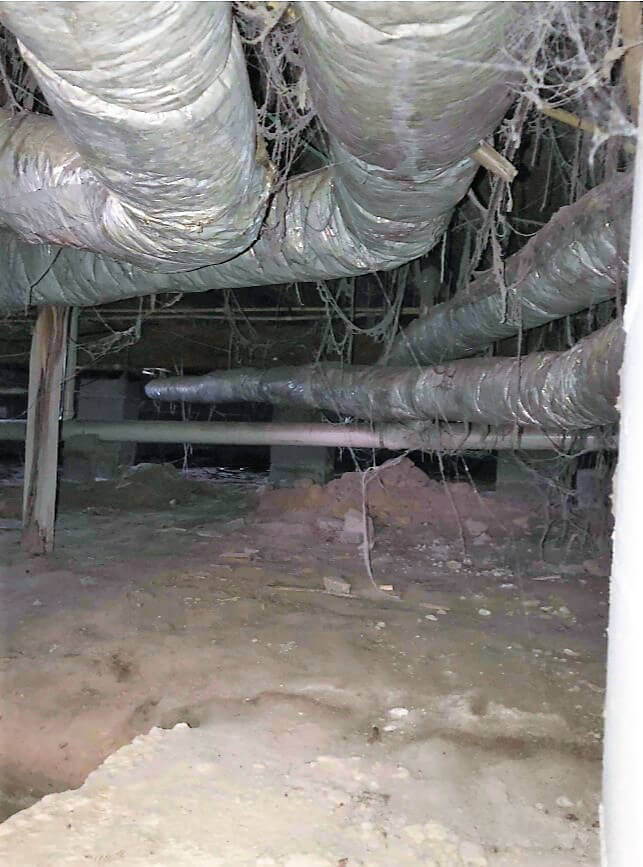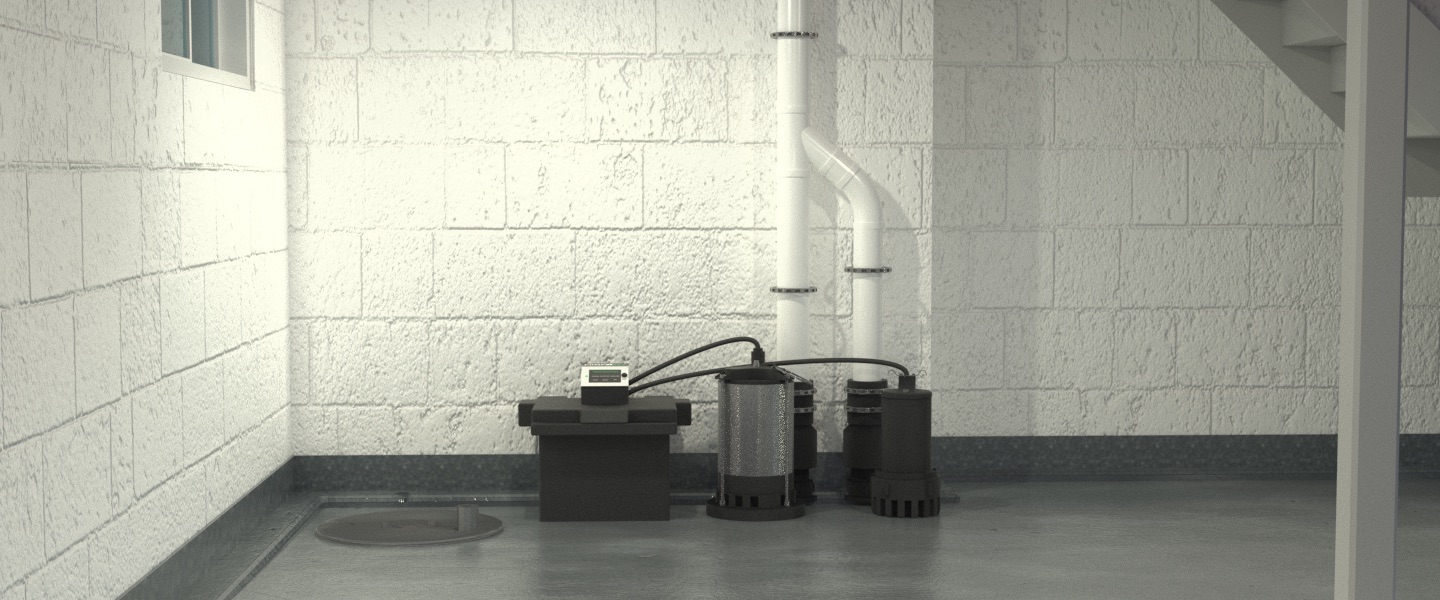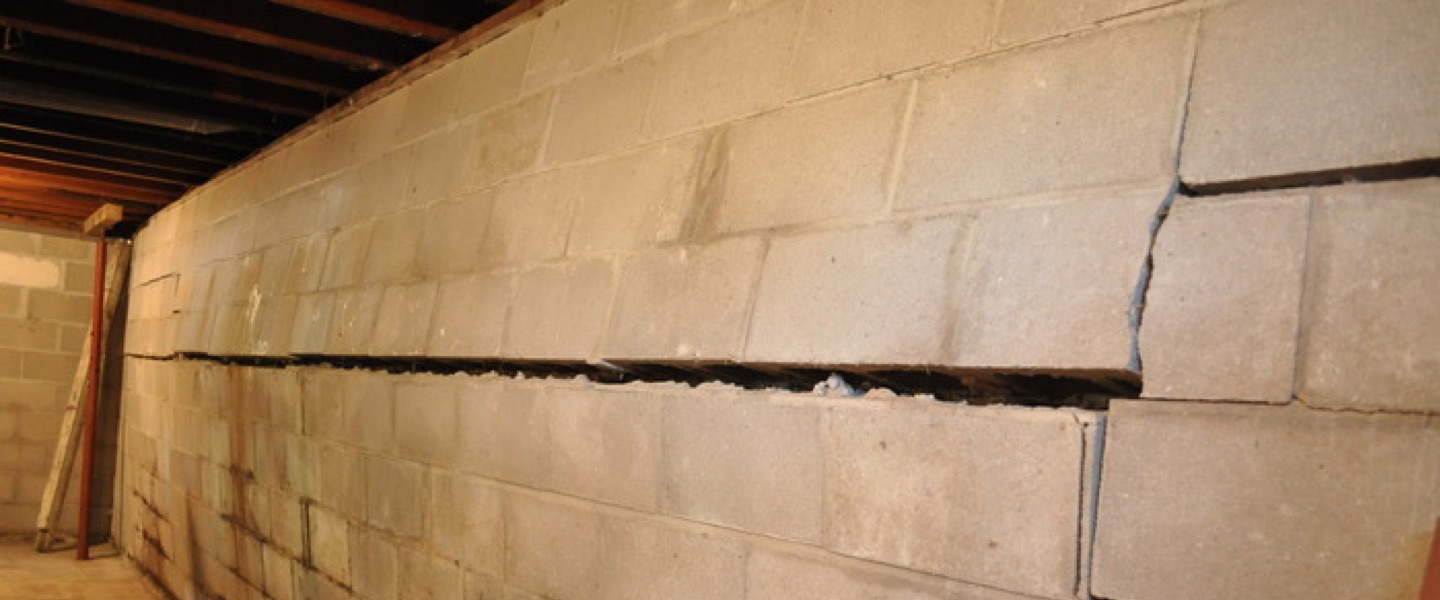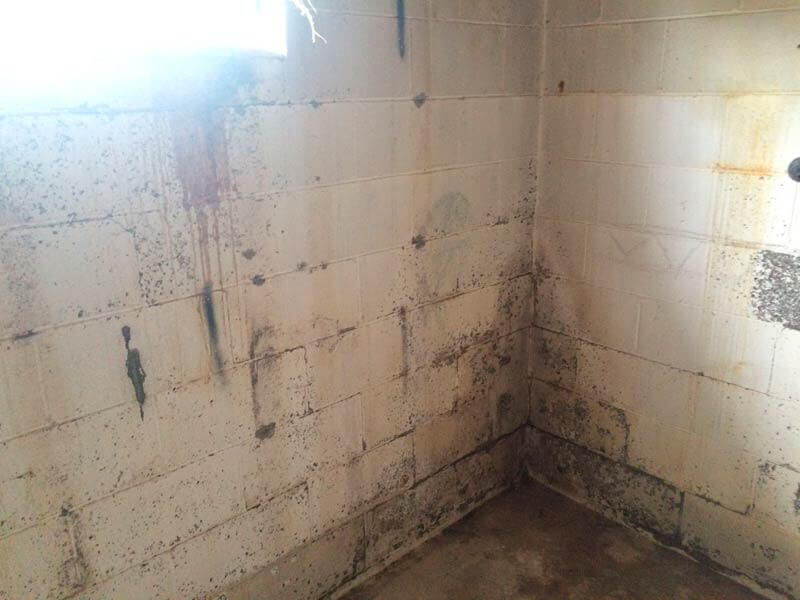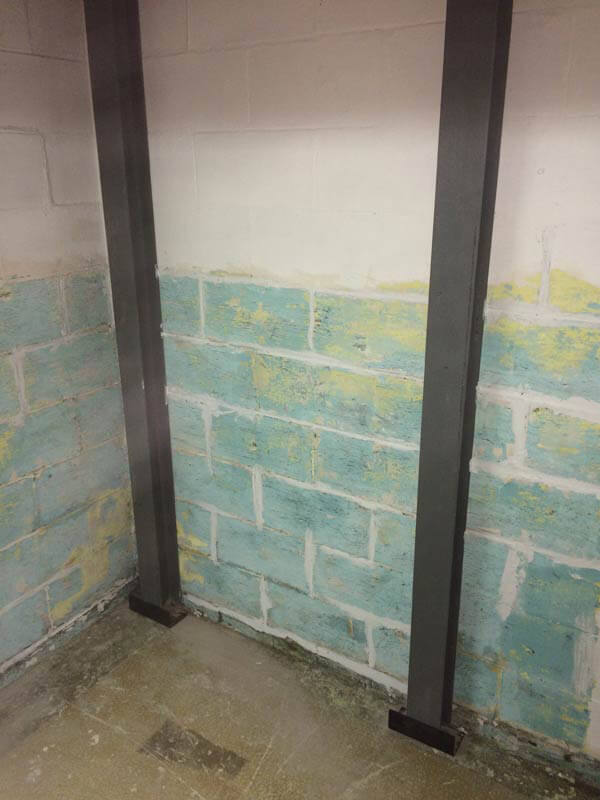How worried should Alabama homeowners be when doors and windows begin to stick?
In some cases, doors or windows that become hard to open or close can be fixed with a few easy and low-cost do-it-yourself remedies such lubrication or hardware replacement. If sticky doors and windows become more frequent or severe, they could be warning you about worsening foundation problems underneath your home.
How foundation trouble causes doors or windows to stick
Virtually all homes tend to settle over time as materials age and supporting soil erodes or shifts. When settling occurs slowly and evenly, you might notice minor interior or exterior cosmetic issues that can be corrected inexpensively with routine upkeep. Real trouble can start when settling is sudden and localized to isolated parts of your home.
When this happens, excess strain can cause parts of your foundation to weaken prematurely and lose their bearing capacity. As structural components begin to sink or shift out of alignment, pressure can build up in the materials around your doors and windows, causing them to pinch and bind. Problems like these almost never go away by themselves and could be caused by one or more of these common contributing factors:
- Excess soil erosion caused by extreme weather, seismic, or flooding events
- Improper site grading or soil compaction
- Faulty building materials or substitutions that don’t meet design specifications
- Design flaws related to lack of code compliance or awareness of local conditions
- Poor or cut-rate construction practices
Regardless of the combination of causes, what has happened is that door or window openings that were once plumb and square have now been pushed out of their original alignment. This means that your doors and windows will no longer be able to move freely in their frames.
What to do about sticky doors and windows
Now that you have a little background on what causes doors and windows to stick, you’re in a position to make more confident decisions about a remedy. If you suspect that emerging foundation problems might be the culprit, you can look around for confirmation and see if any of these other signs of trouble might be present in your home:
- Spreading cracks in interior or exterior finish materials
- Expanding separations where walls and ceilings meet
- Flooring that creaks or feels “spongy” when you step on it
- A sensation of going uphill or downhill when you cross a room
- Stair-step cracks in exterior masonry, especially near door or window openings
A reputable foundation repair company will provide you with a free inspection and no-obligation recommendations about the remedies that are best for your home and budget. The longer you wait, the worse (and more expensive) these kinds of problems can get. A qualified foundation repair expert can spot the source of the trouble and how severe it is. They will also know which repair options are right for your foundation type and will bring you the best value.
How to choose the right foundation repair partner
There are lots of high-pressure companies out there, large and small, that will pressure you to sign a repair contract on the spot, usually steering you toward their most costly “whole house” services. It’s possible that sticky doors and windows can be corrected quickly and affordably. You’ll want to work with a company that guarantees their work, has impeccable Alabama references, provides honest no-obligation estimates, and fully explains all the pros and cons of your repair options before you commit.
SouthernDry is a family-owned business, and we give you and your property the same care and respect that we would invest in one of our own homes. We’re large enough to bring you the resources you need for a first rate repair, but small enough to make you a priority. You’re never just a number to us and in the unlikely event that you’re not fully satisfied with the job, we will stick with you until we make it right. If you think something’s up with a sticky door or window, we’d be delighted to come out for a closer look at no cost to you and talk about your options.



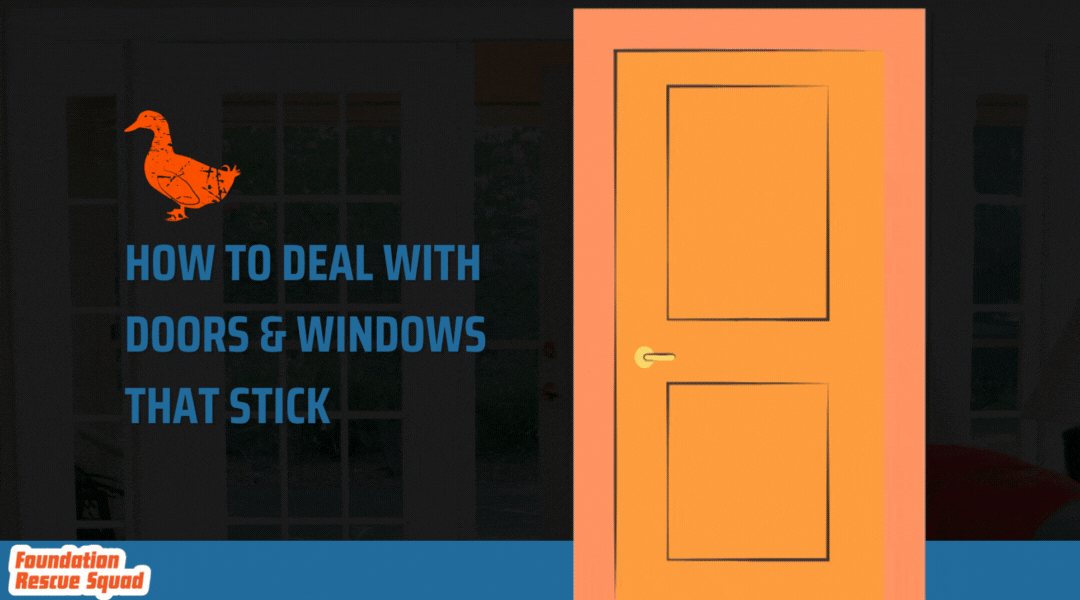
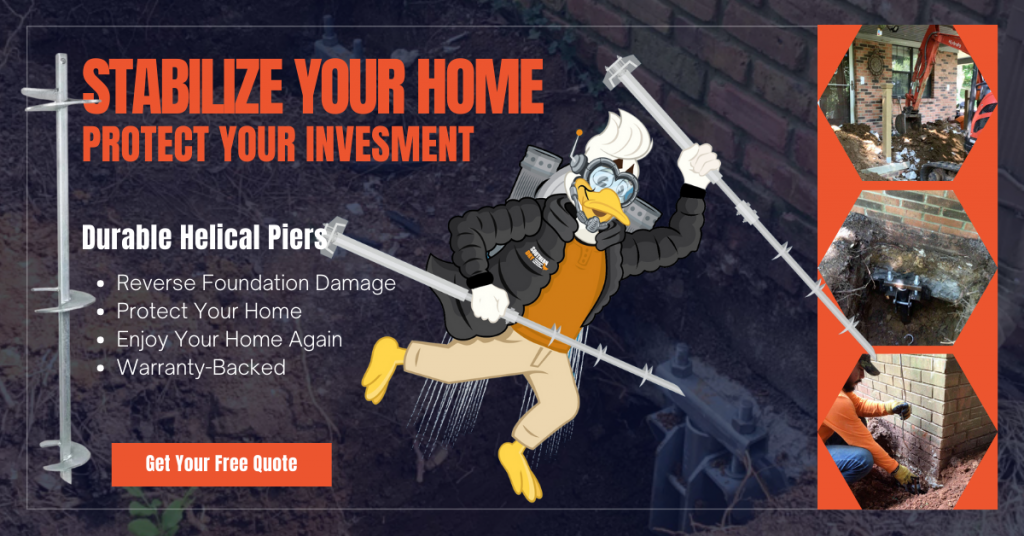
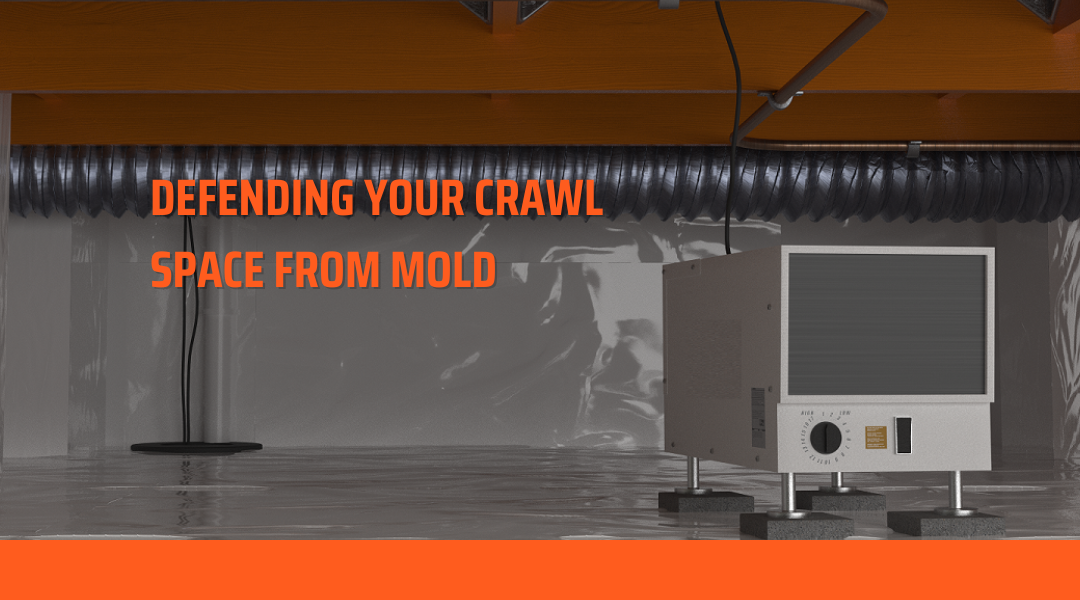
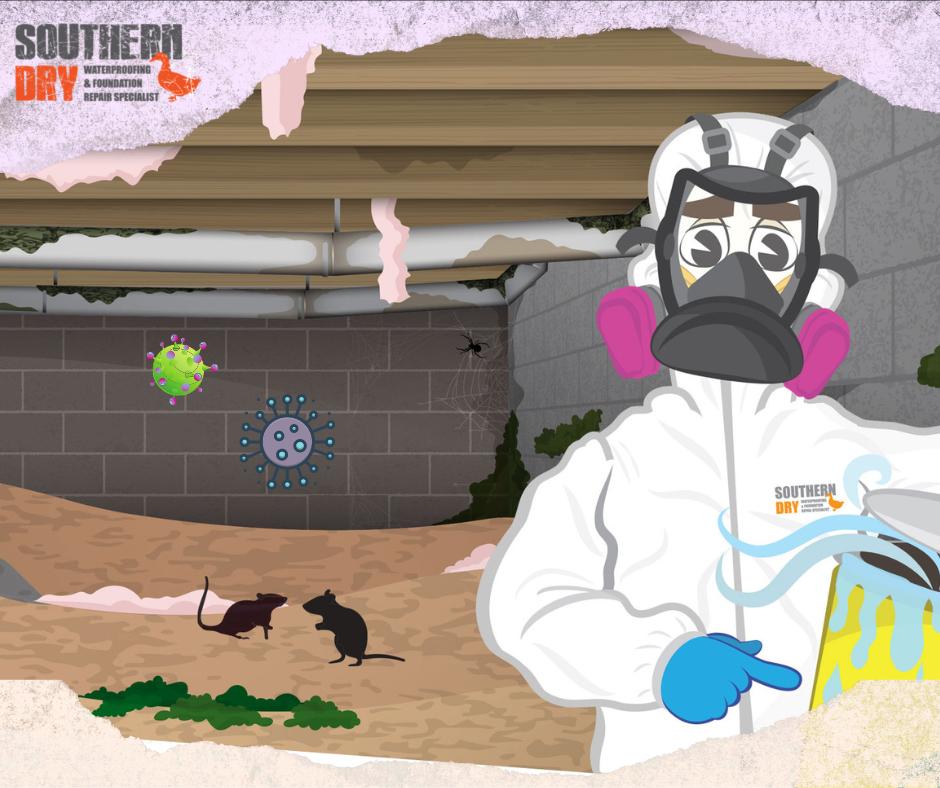
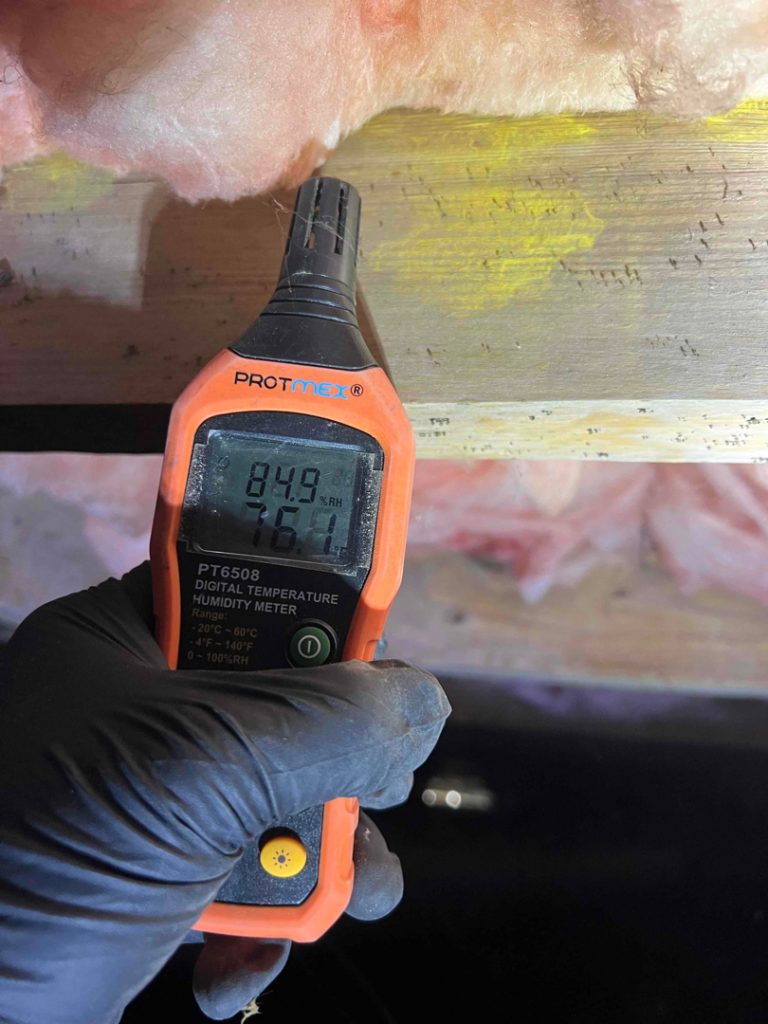

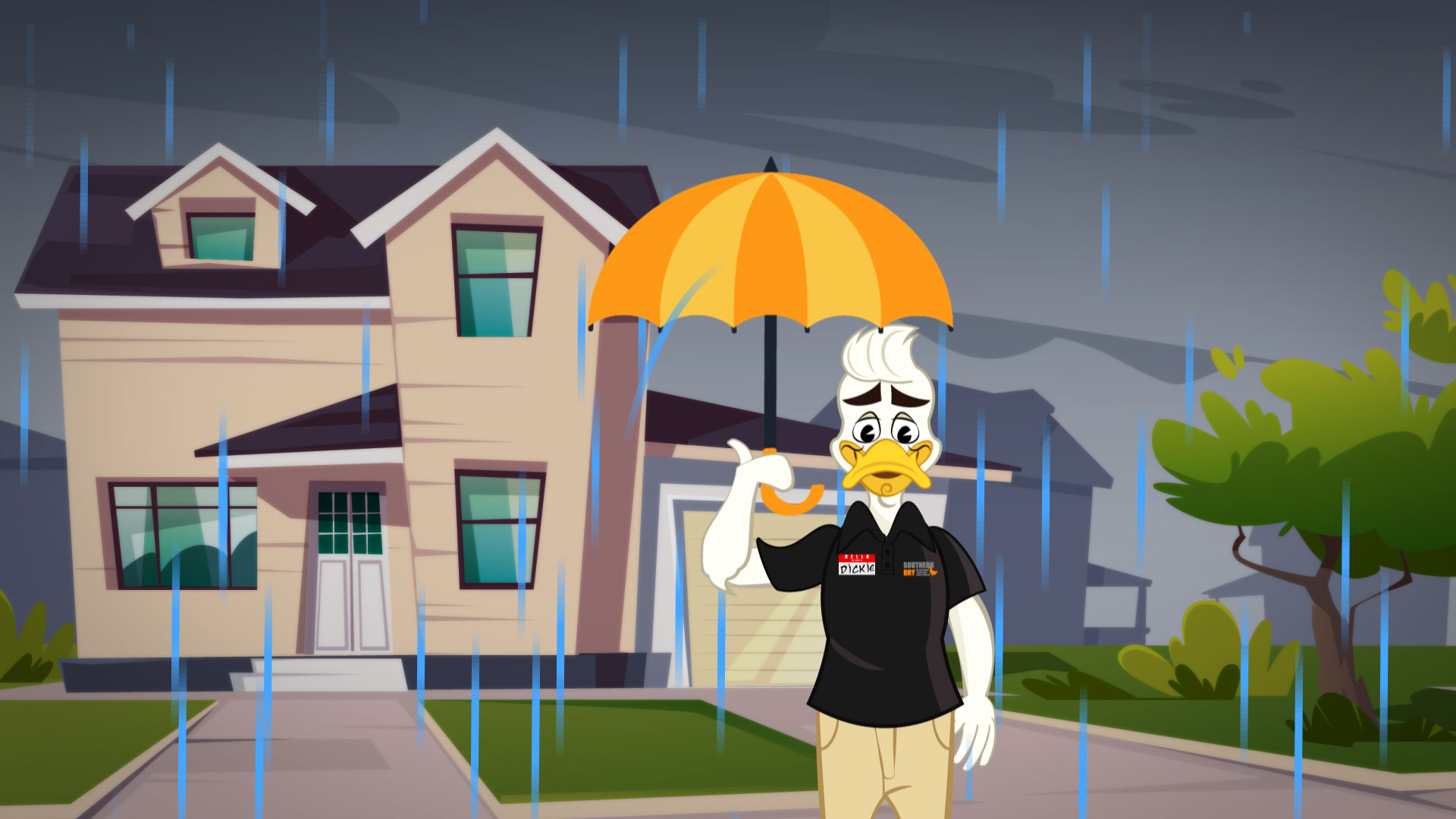
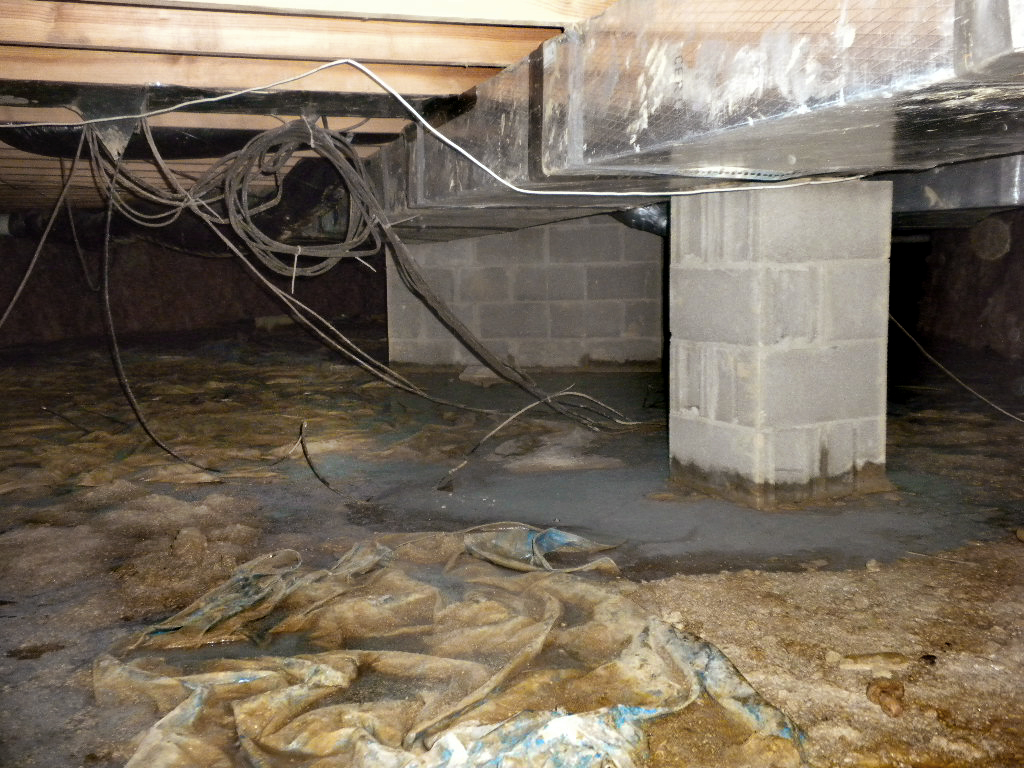
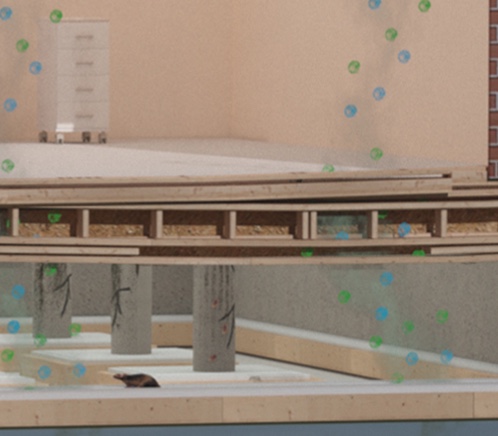
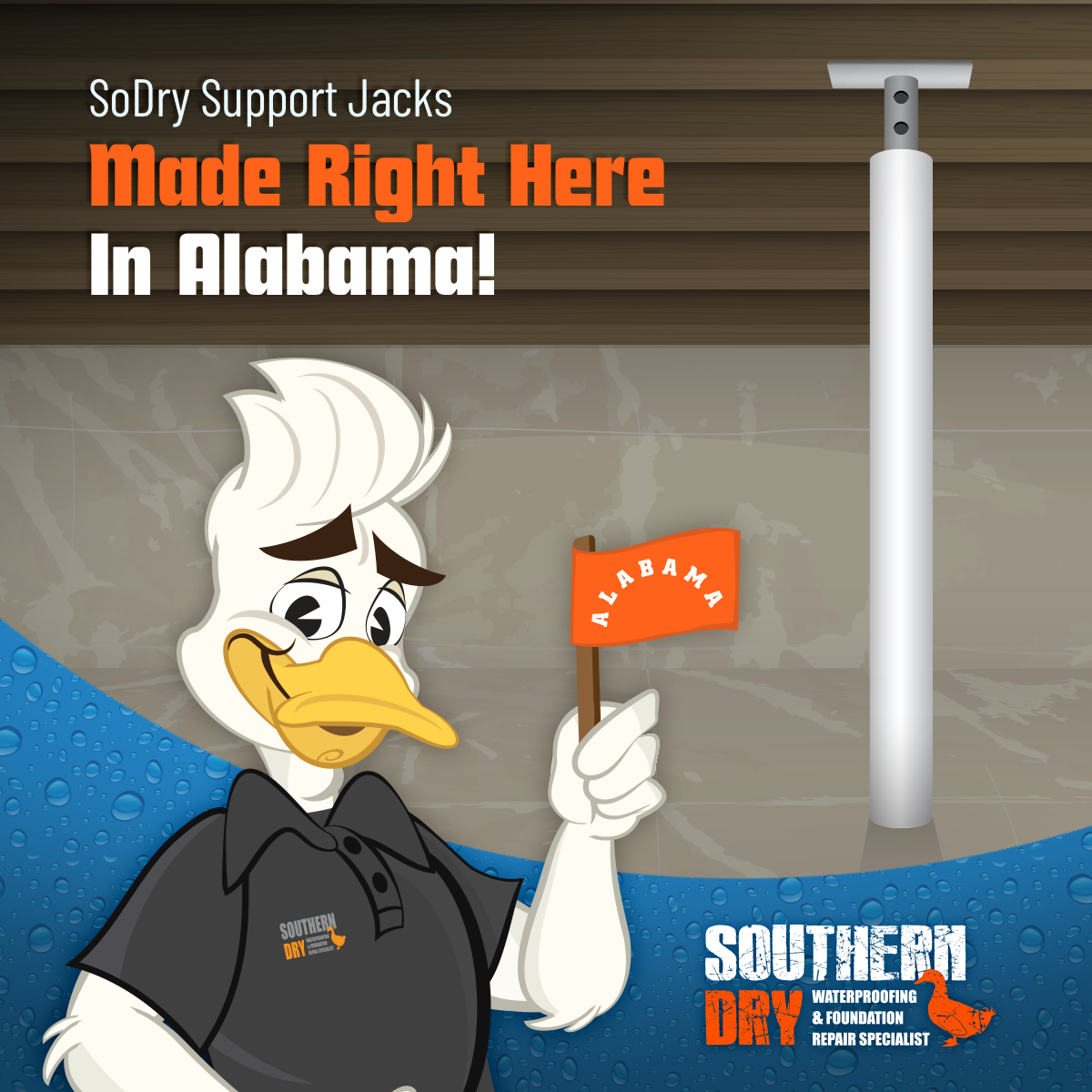
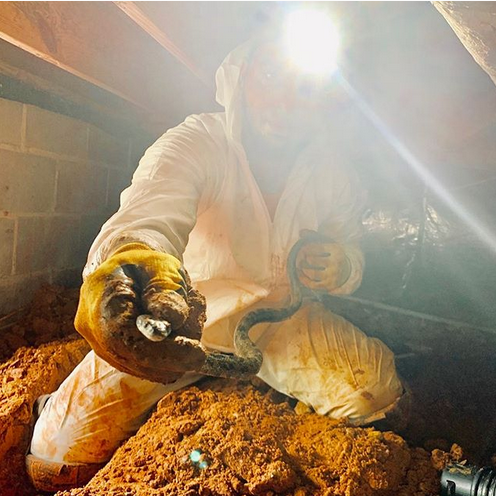
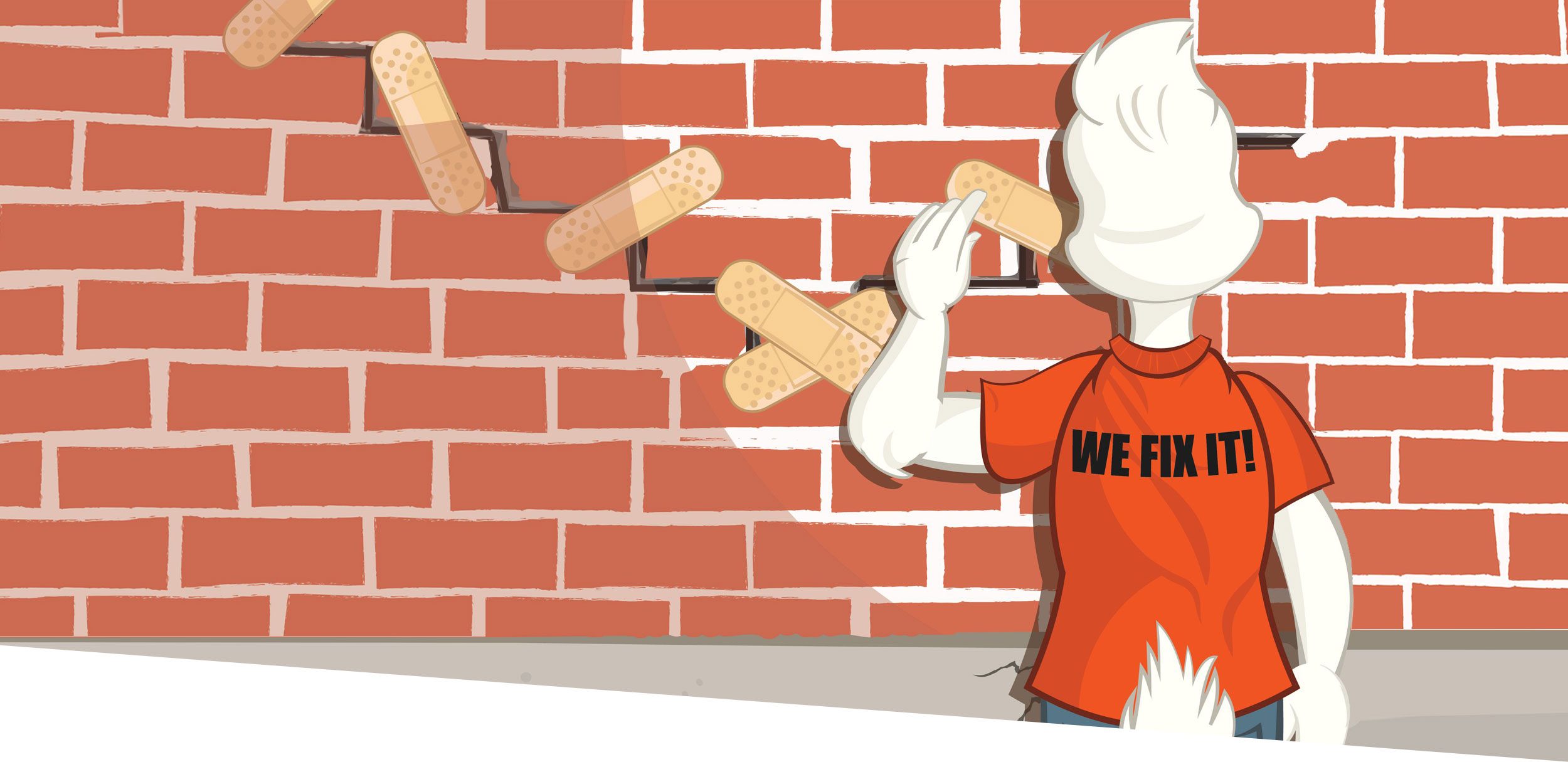
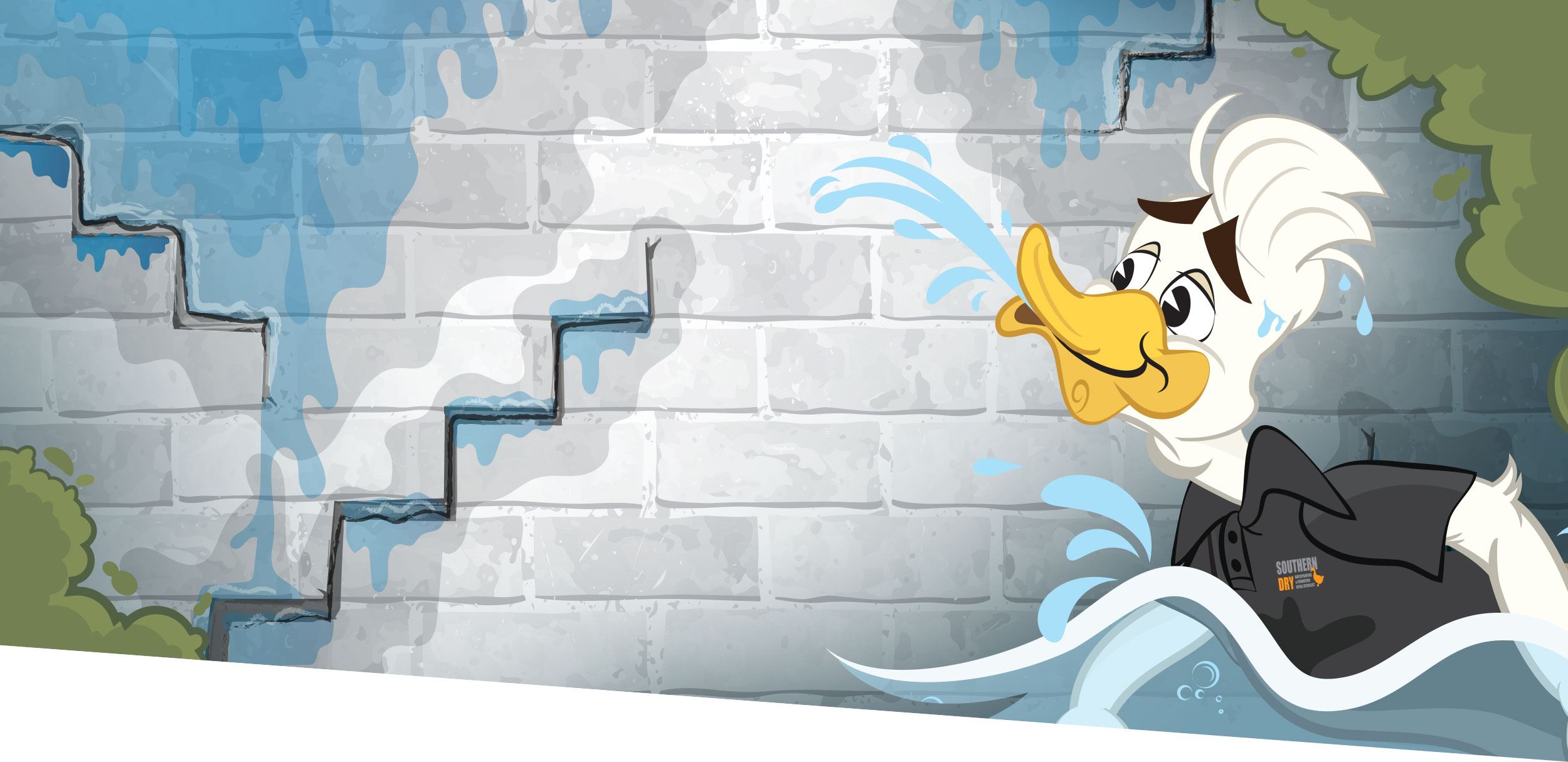
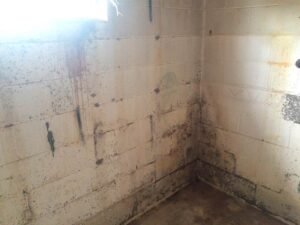
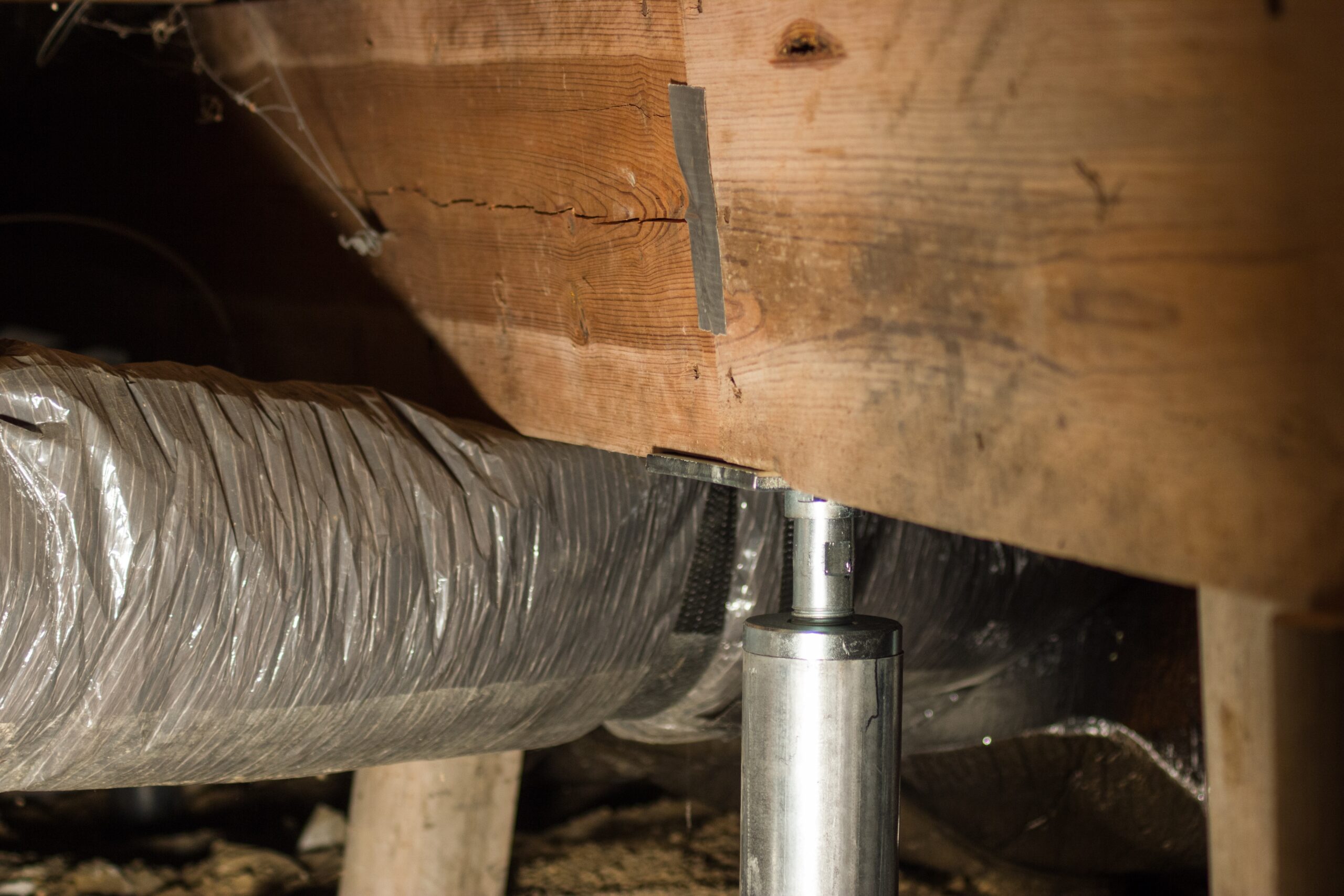
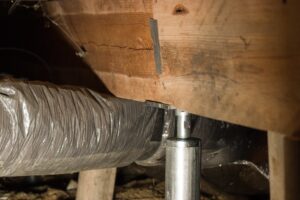 The method we use at SouthernDry quickly and cost-effectively restores the strength and alignment of your floor.
The method we use at SouthernDry quickly and cost-effectively restores the strength and alignment of your floor.
 Your home is one of your biggest and most important lifetime investments, so if you’re worried that foundation repair bills might be in your future, it’s important to arm yourself with the right information from a trusted source. Industry authorities estimate that a worst-case scenario foundation restoration for an average sized home needing hydraulic piers installed along the perimeter can cost as much as $35,000. On the other hand, repairs for small cracks or superficial settling may only run you a few hundred dollars.
Your home is one of your biggest and most important lifetime investments, so if you’re worried that foundation repair bills might be in your future, it’s important to arm yourself with the right information from a trusted source. Industry authorities estimate that a worst-case scenario foundation restoration for an average sized home needing hydraulic piers installed along the perimeter can cost as much as $35,000. On the other hand, repairs for small cracks or superficial settling may only run you a few hundred dollars.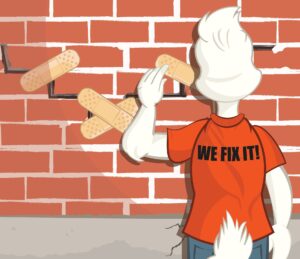
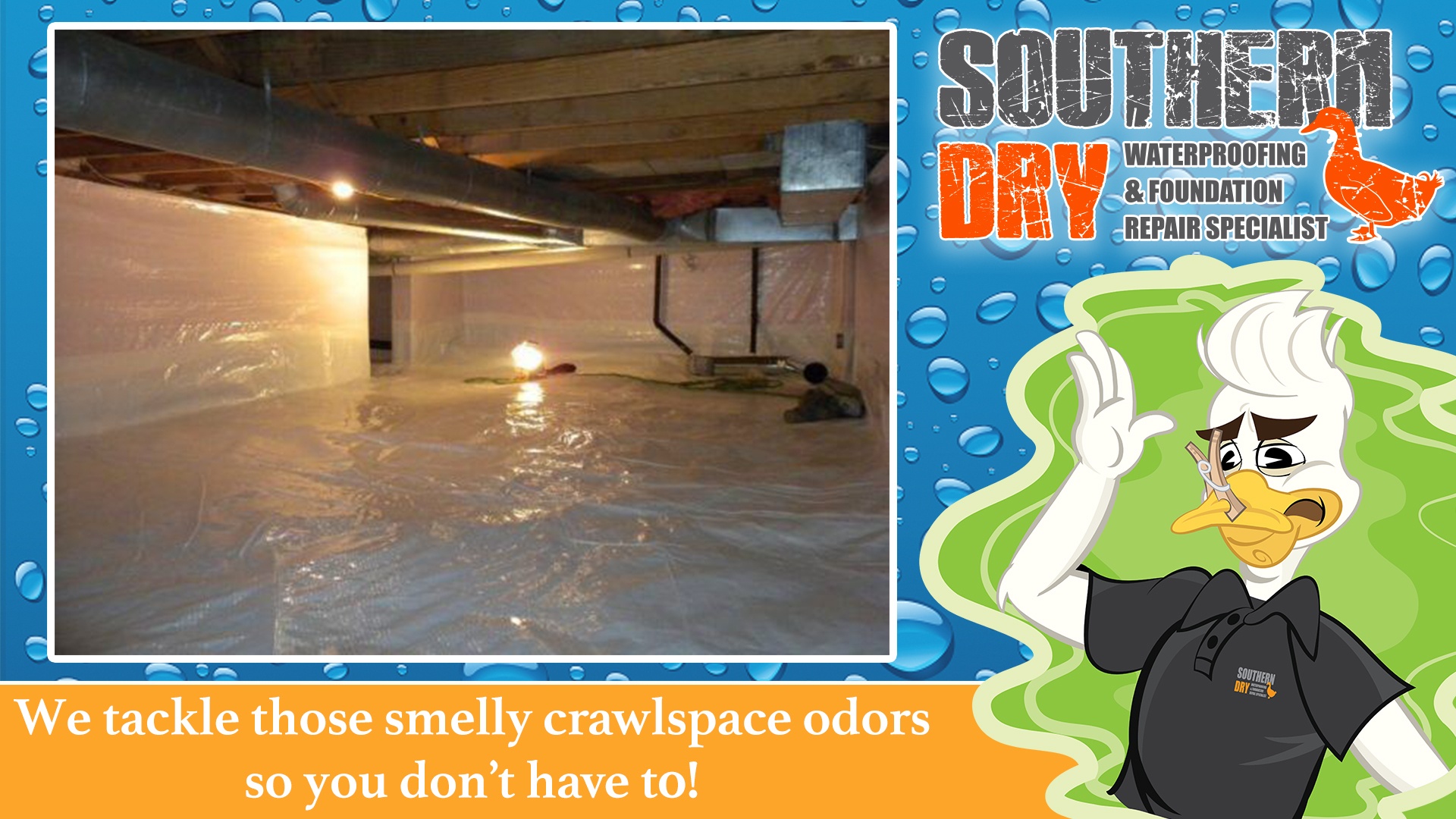

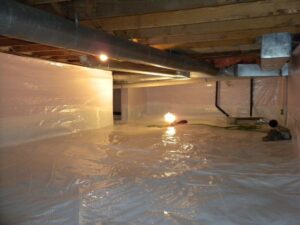 So what can you do if your crawl space smells bad, or worse, when crawl space odors are coming up into the living areas of your home?
So what can you do if your crawl space smells bad, or worse, when crawl space odors are coming up into the living areas of your home?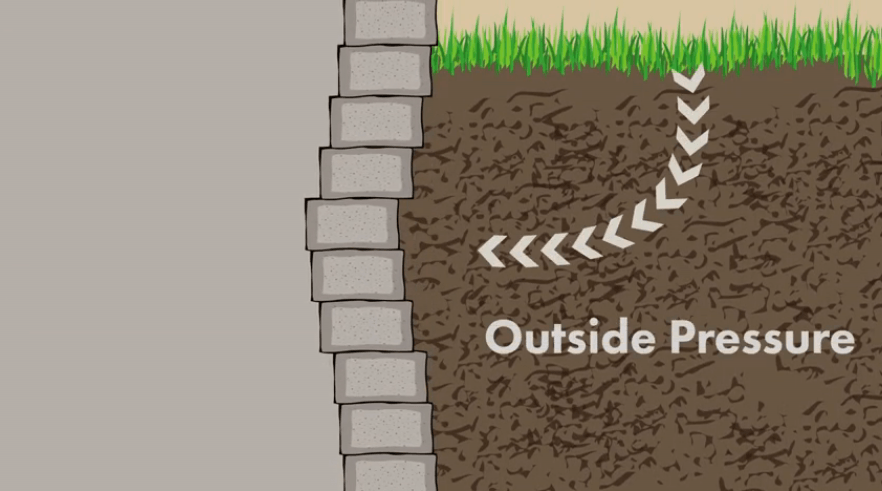
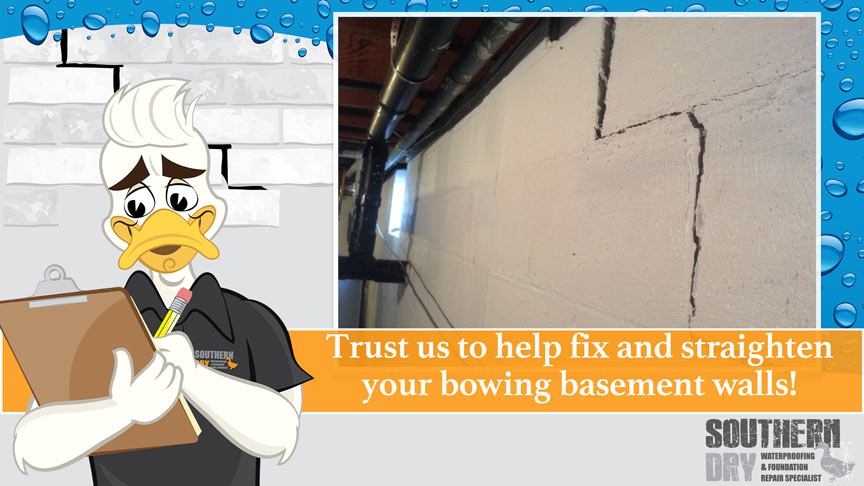 If you see bowed walls in your basement, or if you suspect that any of these other warning signs might be present, you should have a trained technician help you assess the situation. SouthernDry has qualified and experienced technicians who will take a look for
If you see bowed walls in your basement, or if you suspect that any of these other warning signs might be present, you should have a trained technician help you assess the situation. SouthernDry has qualified and experienced technicians who will take a look for 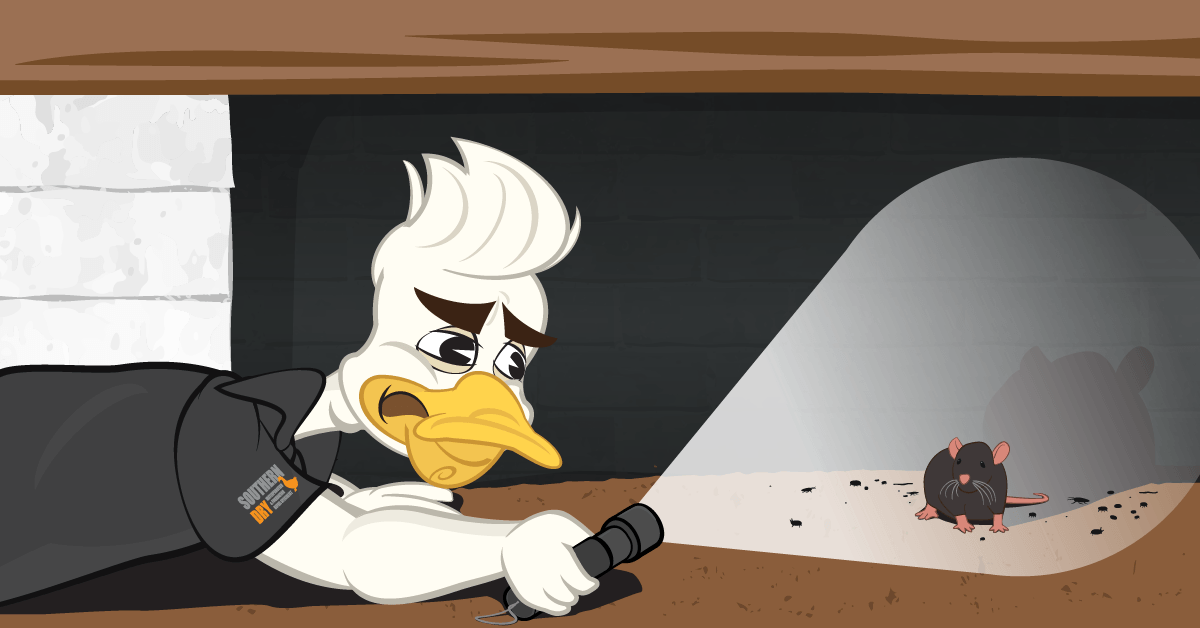
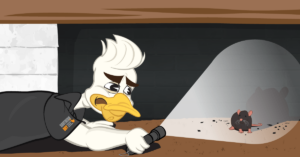 Depending on the seasonal conditions around your home, most of them show up in search of food, water, warmth, or a combination of the three. Many have adapted in amazing ways to get through tiny — sometimes nearly invisible — separations in your foundation or ground floor building materials where you’d never imagine they could fit.
Depending on the seasonal conditions around your home, most of them show up in search of food, water, warmth, or a combination of the three. Many have adapted in amazing ways to get through tiny — sometimes nearly invisible — separations in your foundation or ground floor building materials where you’d never imagine they could fit. First, know that many of these creatures have been around for thousands if not millions of years and they’re part of the world’s natural order. You can have a perfectly maintained and ordered home and yard, and some of them are going to show up no matter what — that’s what they do. That said, there are some conditions you can watch out for to help minimize your exposure.
First, know that many of these creatures have been around for thousands if not millions of years and they’re part of the world’s natural order. You can have a perfectly maintained and ordered home and yard, and some of them are going to show up no matter what — that’s what they do. That said, there are some conditions you can watch out for to help minimize your exposure.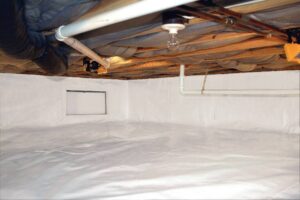 One of the most effective ways to eliminate unwanted moisture is a process known as
One of the most effective ways to eliminate unwanted moisture is a process known as 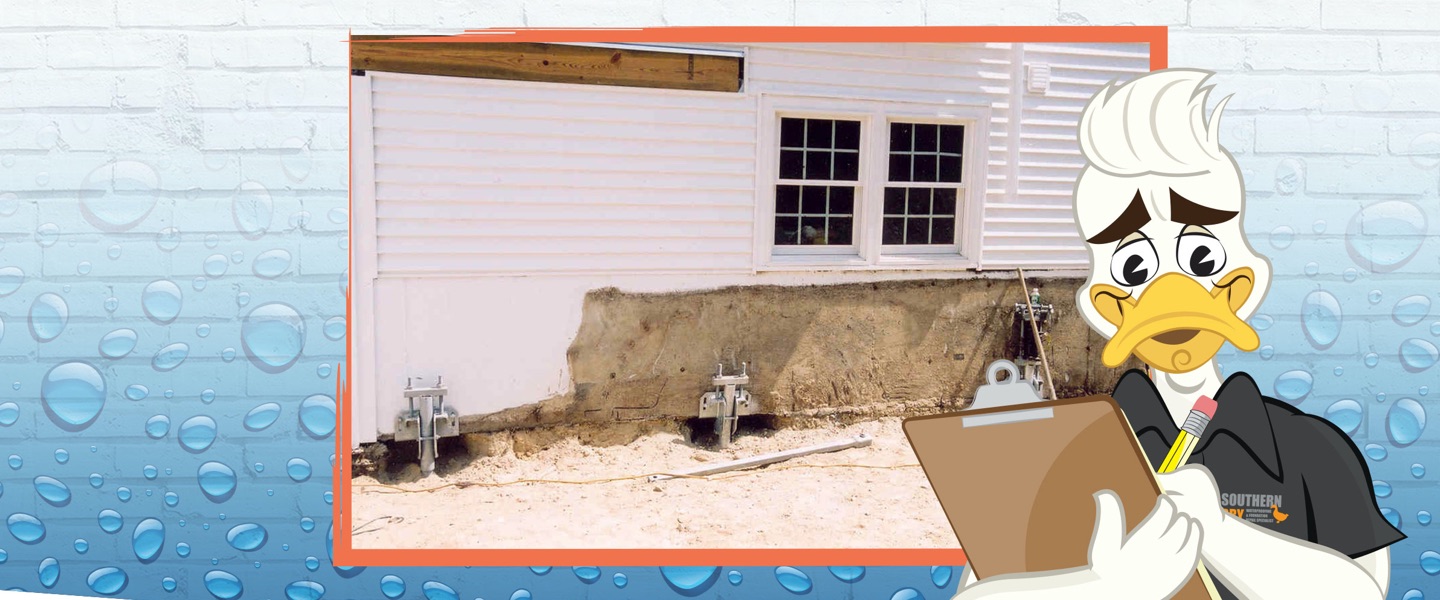
 The word “helix” has different meanings depending on whether you’re talking about science or construction. For our purposes, it’s just a fancy name for a spiral shape that’s formed around a central core. Helical piers are earth anchoring devices made for deep foundation support. To qualify as a true helical pier, it’s got to have three defining parts:
The word “helix” has different meanings depending on whether you’re talking about science or construction. For our purposes, it’s just a fancy name for a spiral shape that’s formed around a central core. Helical piers are earth anchoring devices made for deep foundation support. To qualify as a true helical pier, it’s got to have three defining parts: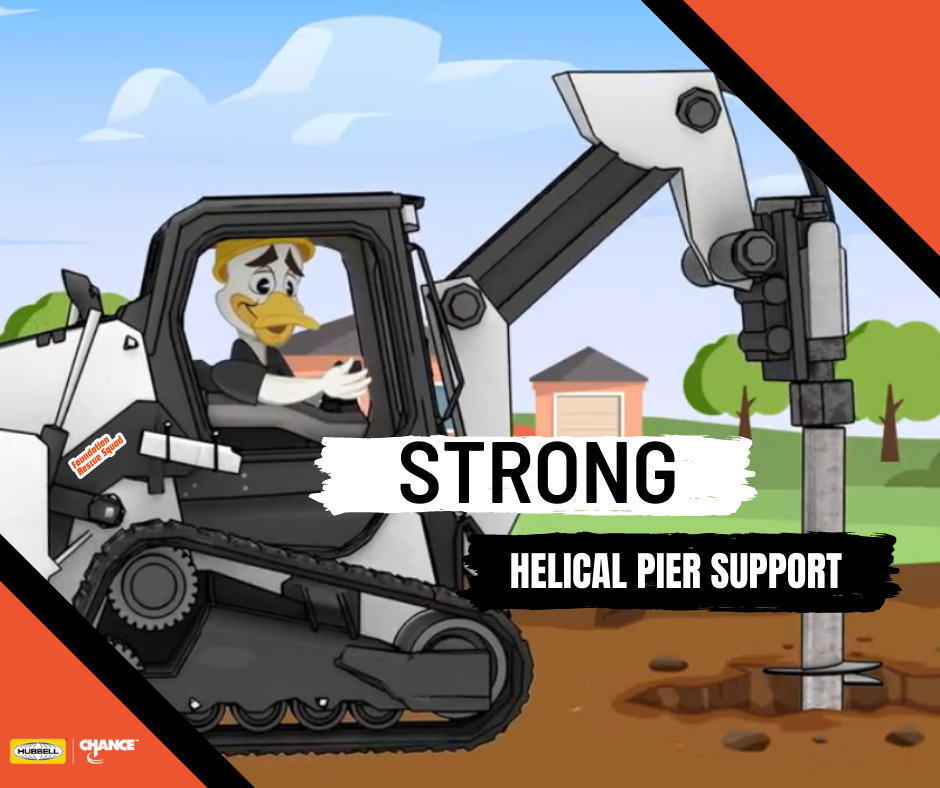
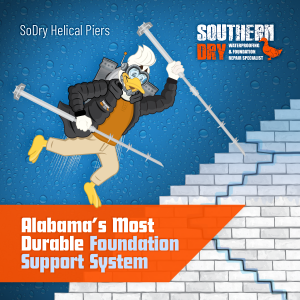 One of the biggest advantages of helical piers, especially for Birmingham area property owners, is that they create almost no visible soil disturbance. When you use the kind of industrial auger you need to install a concrete pier, the auger blades mix and loosen the surrounding soil, creating more instability around your foundation. In contrast, the helical bearing plates are designed to glide into place and transfer structural loads to deeper, more stable soil layers.
One of the biggest advantages of helical piers, especially for Birmingham area property owners, is that they create almost no visible soil disturbance. When you use the kind of industrial auger you need to install a concrete pier, the auger blades mix and loosen the surrounding soil, creating more instability around your foundation. In contrast, the helical bearing plates are designed to glide into place and transfer structural loads to deeper, more stable soil layers.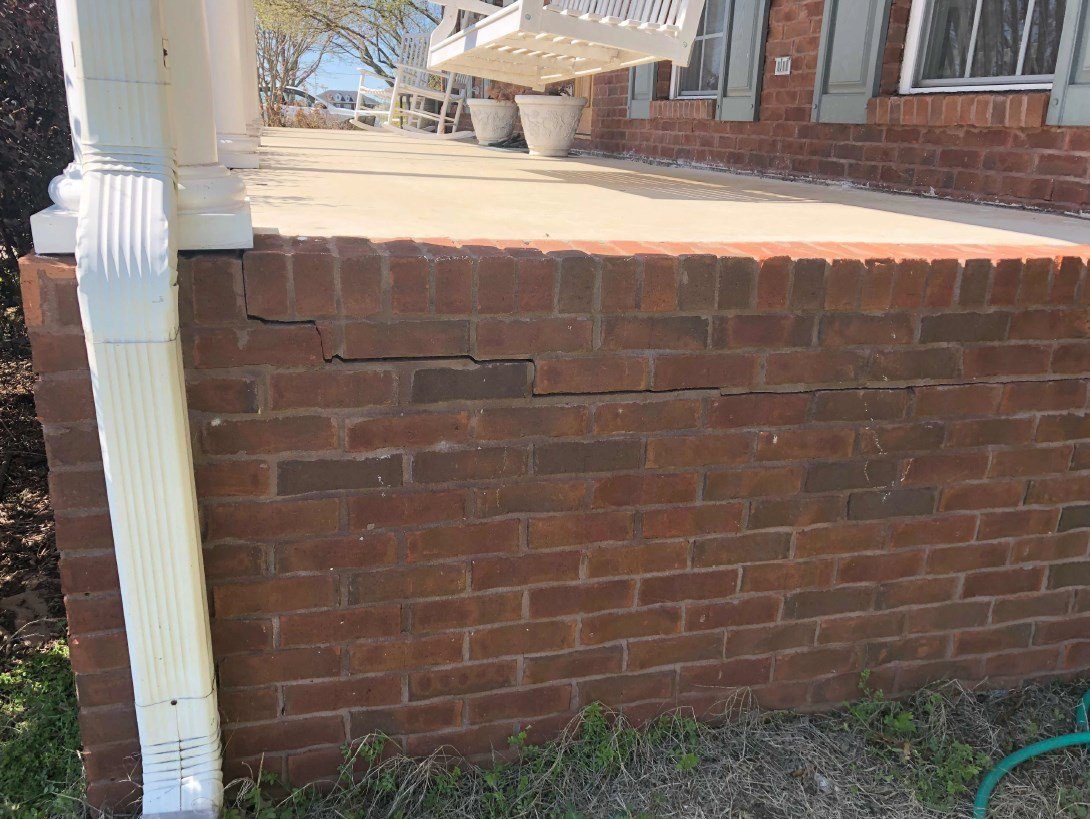
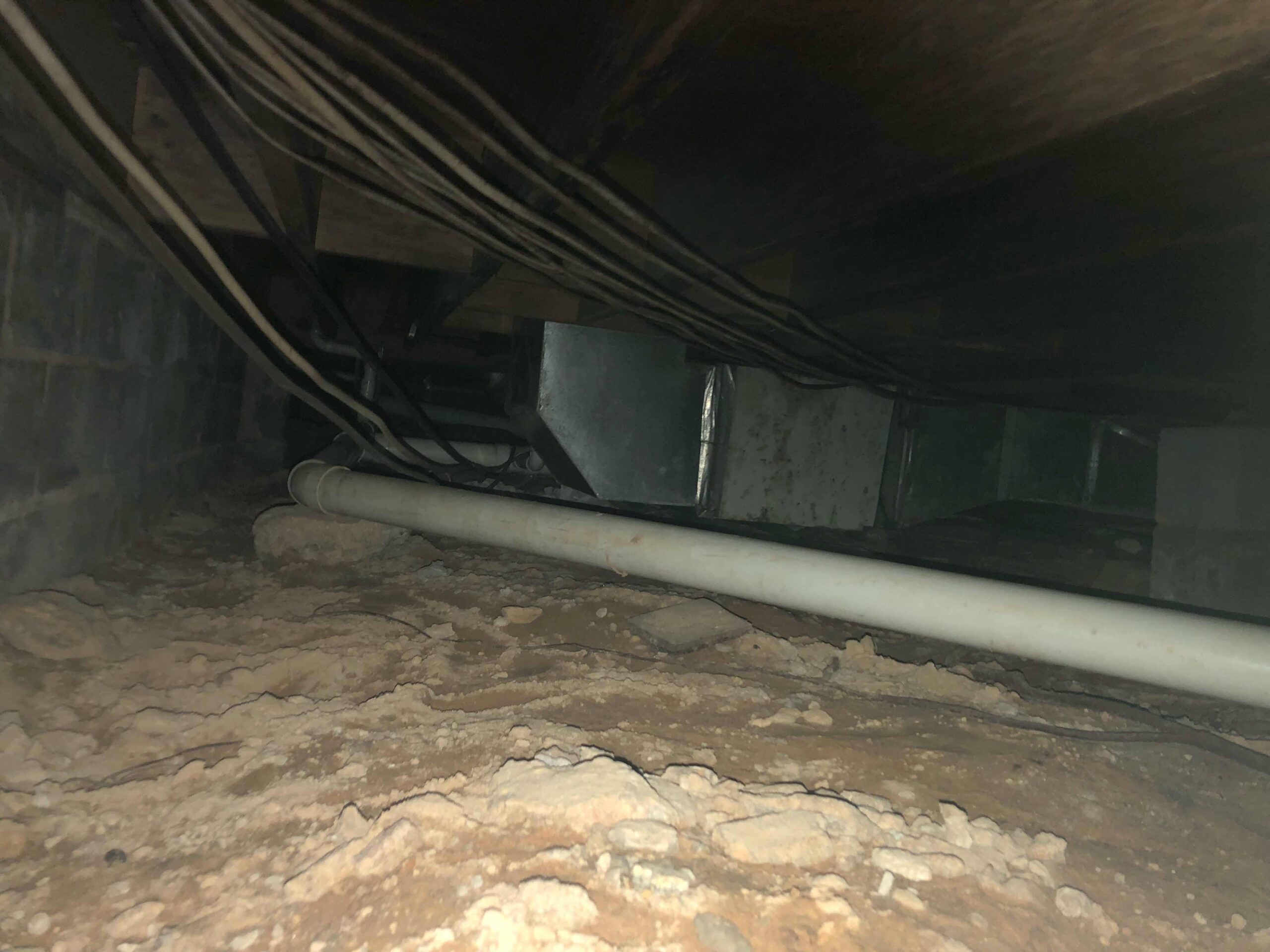
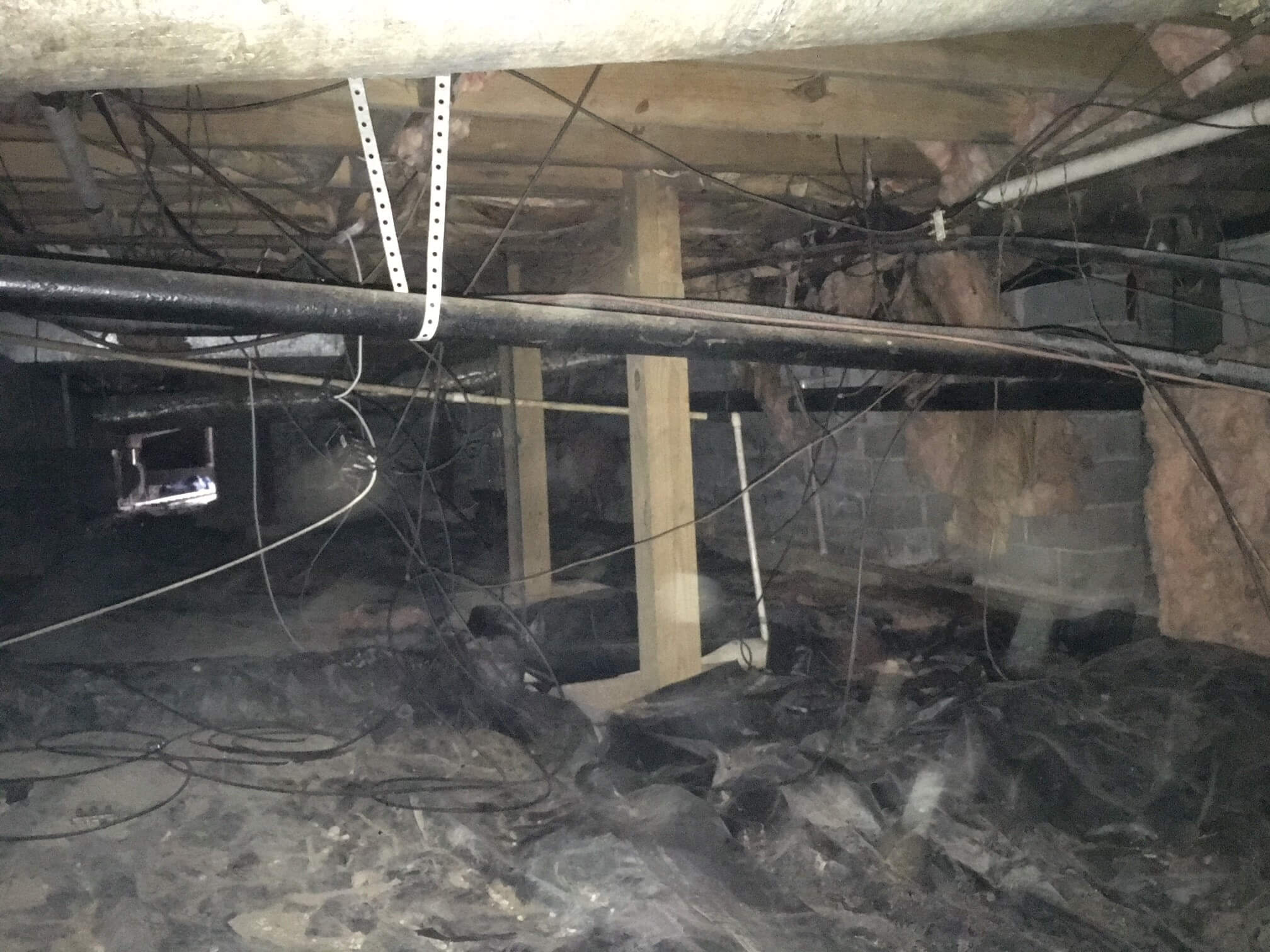
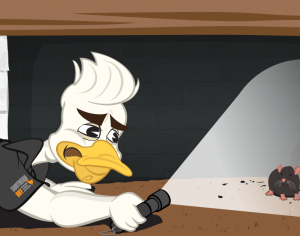 A homeowner, in Birmingham Alabama, called SouthernDry because of high humidity in her crawlspace. She was concerned about escalating costs of heating and cooling her home. She was also concerned about the long term effects that humidity and moisture can have on a
A homeowner, in Birmingham Alabama, called SouthernDry because of high humidity in her crawlspace. She was concerned about escalating costs of heating and cooling her home. She was also concerned about the long term effects that humidity and moisture can have on a 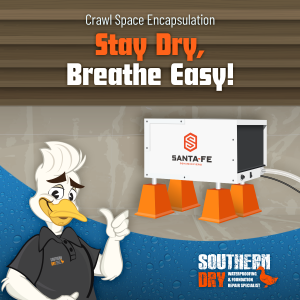 After a thorough inspection by a
After a thorough inspection by a 